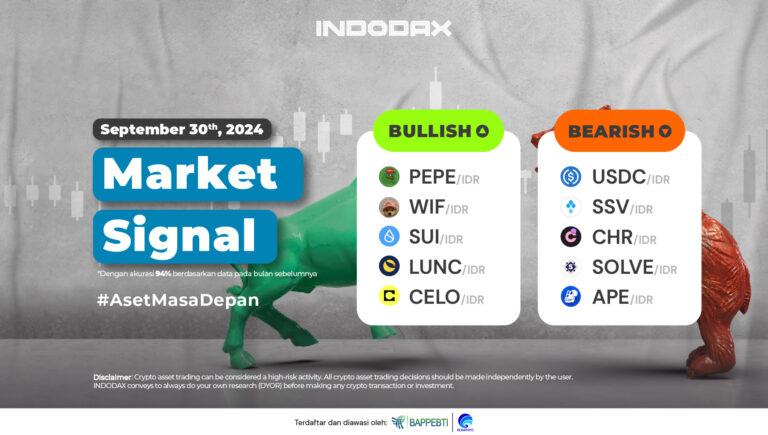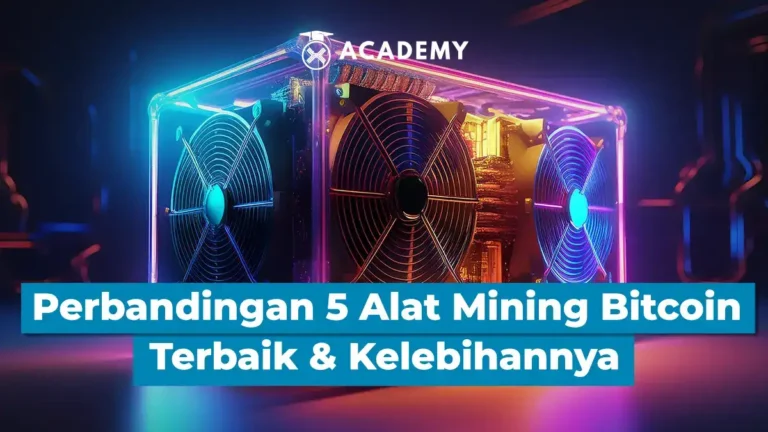One of the most important revolutions in the world of technology is Spatial Computing. Through spatial computing, users can interact with digital objects and information as if they were in the real world.
This future promises innovations that enrich everyday experiences, making technology a natural part of our lives.
To understand more about what Spatial Computing is, from its development history, its relationship with blockchain, to its adoption in the crypto and web3 industry, check out the full review below.
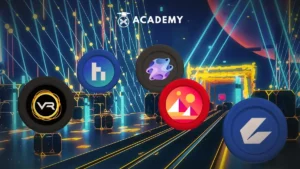
What is Spatial Computing?
Spatial Computing is a technology that facilitates human-machine engagement, allowing machines to process information about objects and the physical environment.
It is the next big step in the evolution of the internet, enabling interaction with 3D data and control of digital environments similar to our interaction with the real world.
Spatial Computing integrates various components, such as the Internet of Things (IoT), digital twins, ambient computing, augmented reality (AR), virtual reality (VR), Artificial Intelligence (AI), and physical controls to create highly immersive experiences.
With these technologies, one can control lights just by entering a room or use a 3D camera network to model factory processes.
They can interact with Spatial Computing applications through screens embedded in physical devices, VR headsets that replicate the physical world, or mixed reality devices that add data to their physical world view.
History of Spatial Computing Development
The following is the history of the development of spatial computing that is important to know, among others:
A. Early development (1960s)
Spatial computing began to develop through computer graphics systems used in military research, allowing the mapping of data into three-dimensional space.
B. Interactive computer graphics (1980s)
Advances in computer graphics technology enabled the development of interactive applications capable of visualizing three-dimensional space.
C. The rise of VR and AR (1990s)
This period saw the beginning of the development of VR and AR. Companies like Virtuality and SEGA introduced the first VR experiences, while AR began to be applied in military and medical training.
D. Integration with AI and advanced sensors (2000s)
Spatial computing began to integrate with artificial intelligence (AI) and advanced sensor technology, enabling more natural interactions between humans and computers.
E. VR and AR headsets (2010s)
Oculus Rift, which was later acquired by Facebook, introduced VR headsets that revolutionized the industry, sparking great interest in spatial computing.
F. Development surge (2020s)
Spatial computing grew in popularity with the development of AR headsets such as Microsoft’s HoloLens and Magic Leap. The technology is starting to be applied in various sectors, including education, healthcare and entertainment.
Blockchain’s Relationship with Spatial Computing
Blockchain technology is increasingly becoming a foundation in the development of augmented reality (AR) and virtual reality (VR). The integration between blockchain and spatial computing can provide a strong framework for security systems, allowing for verifiable ownership.
Blockchain offers a secure, transparent, and immersive framework for digital interactions for users of AR and VR applications. This integration brings various advantages, including increased security thanks to the decentralized nature of blockchain and reduced reliance on central authorities.
Blockchain also ensures transparency and immutability by securely recording transactions and interactions in AR and VR environments.
One example of the application of this technology is a system that facilitates digital ownership through crypto-powered NFTs (non-fungible tokens).
Unique digital assets such as virtual real estate or items in AR/VR environments allow their owners to enjoy and utilize those assets virtually.
Adoption of Spatial Computing in the Crypto and Web3 Industry
Spatial Computing is not just revolutionizing the way humans play and work, it is also having a huge impact on the crypto and Web3 industries.
By incorporating blockchain technology, Spatial Computing opens up new opportunities for asset tokenization, the development of tighter communities, and the creation of more immersive gaming experiences.
The following are some of the adoptions of spatial computing in the crypto and web3 industry that are important to know, among others:
A. Virtual real estate and property tokenization
Spatial Computing enables visualization of building structures before construction, and when coupled with blockchain, introduces the concept of property tokenization.
B. More immersive DAO communities
Blockchain communities can utilize Spatial Computing to create richer and more connected social experiences.
C. Gaming experiences in the metaverse
Spatial Computing enhances the gaming experience in the metaverse by creating virtual worlds that incorporate real-world elements.
D. Crypto/blockchain education and training
Using Spatial Computing in education can help address the knowledge gap about blockchain and crypto assets.
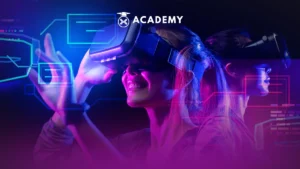
Leading Spatial Computing Crypto Projects in 2024
The year 2024 is expected to see significant growth in crypto projects that utilize Spatial Computing. Here are the leading spatial computing crypto projects in 2024 to know about, including:
1. Decentraland (MANA)
A virtual world that is fully owned by its users, allowing them to buy, sell and develop virtual properties.
2. CEEK VR (CEEK)
A platform that offers virtual entertainment experiences, allowing users to attend concerts and events in virtual reality.
3. Highstreet (HIGH)
Blends e-commerce with gaming in a metaverse, where users can shop and play in a unified environment.
4. Victoria VR (VR)
A project focused on creating digital assets and VR experiences that can be monetized.
5. Netvrk (NTVRK)
A platform that gives users the opportunity to create, share, and market their own VR content.
The Future of Spatial Computing, Web3, and Blockchain
At their core, Spatial Computing, Web3, and blockchain technology are three emerging innovations that have great potential to change the dynamics of our interactions in the digital world.
Spatial Computing provides a new dimension to digital experiences, allowing us to interact with virtual environments more directly and intuitively.
Meanwhile, Web3 and blockchain technology bring the concepts of decentralization, transparency, and security to the internet infrastructure, enabling the development of more open and inclusive applications.
The three combined could bring significant advancements in areas ranging from entertainment and gaming to finance and digital identity.
However, while full of potential, the application of these three technologies is also faced with a number of opportunities and challenges, one of which is the technical challenge of effectively integrating these three technologies to provide a seamless experience for users.
There are also issues related to data privacy and security that need to be considered, especially with the growing amount of data being collected and transacted in an increasingly decentralized environment.
However, if these issues can be addressed sensibly, the opportunities presented by the combination of Spatial Computing, Web3, and blockchain are enormous in changing the way we interact with the digital world.
Conclusion
To conclude, spatial computing is a technology that has great potential to change the way we interact with the digital world.
Through its ability to create immersive and intuitive experiences in digital environments, spatial computing provides a new dimension in the way we work, learn, play and interact online.
On the other hand, the integration of spatial computing with other technologies such as Web3 and blockchain opens up new opportunities for the development of more open, secure and decentralized applications.
While there are still a number of challenges to overcome, such as complex technical integration and data privacy issues, the revolutionary potential of spatial computing in changing the way we understand and use digital technology is enormous.
Through the development and integration of spatial computing in various fields, we can expect important improvements in our digital experiences in the future that lead us towards a more connected, inclusive and innovative society.
Let’s Invest in Crypto Assets Easily, Safely, & Profitably on INDODAX
Now you understand what spatial computing is, from its definition, history, to its future.
Don’t forget to always update your insights about the world of crypto and blockchain technology by reading various updated information from the crypto academy, by recognizing the crypto assets to be invested in later, of course, the more knowledge you have, the wiser the investment decisions that can be made.
Additional information to make it easier for you to trade crypto via mobile, let’s use the best crypto application from INDODAX which you can download for free on the Google Play Store and App Store.
Furthermore, for those of you who are interested in making cyrpto investmens easily, safely, and profitably, for example buying bitcoin, buying ethereum, or other crypto assets, you can buy them at INDODAX Market.
Please note that INDODAX is the best and most trusted crypto asset trading platform that has become the choice of many investors in Indonesia to date.
As a pioneer in buying and selling crypto assets in the country, INDODAX is always committed to providing easy access to the crypto asset market for investors.
However, as a disclaimer, it should also be noted that as with other types of investment, investment in crypto assets also carries its own risks, including the fluctuating value of crypto assets and the high level of volatility in crypto assets.
Therefore, before investing in crypto assets, it is better if you first do in-depth research related to the assets to be purchased or invested.
So, let’s start investing in crypto assets right now only at INDODAX!
FAQ
1. How is spatial computing different from VR and AR?
Spatial computing is a broader concept that enables natural human interaction with machines and digital environments. VR (virtual reality) and AR (augmented reality) are parts of spatial computing that focus on creating immersive digital experiences.
2. How is blockchain related to spatial computing?
Blockchain can provide a secure, transparent, and decentralized framework for spatial computing applications. It facilitates the ownership of digital assets such as NFTs that can be used in VR/AR environments.
3. What are the benefits of adopting spatial computing in the crypto industry and Web3?
It opens up opportunities such as tokenization of virtual real estate, building more immersive DAO communities, realistic metaverse gaming experiences, and more effective crypto/blockchain education.
4. What are the standout projects in combining spatial computing and crypto in 2024?
Some of the leading projects, including Decentraland, CEEK VR, Highstreet, Victoria VR, and Netvrk offer experiences, such as virtual real estate, VR concerts, metaverse gaming, and VR content creation.
5. What are the future prospects of spatial computing, Web3, and blockchain?
The combination of these three technologies has the potential to revolutionize the way we interact with the digital world. However, there are still challenges such as mass adoption, regulation, and infrastructure development to overcome.




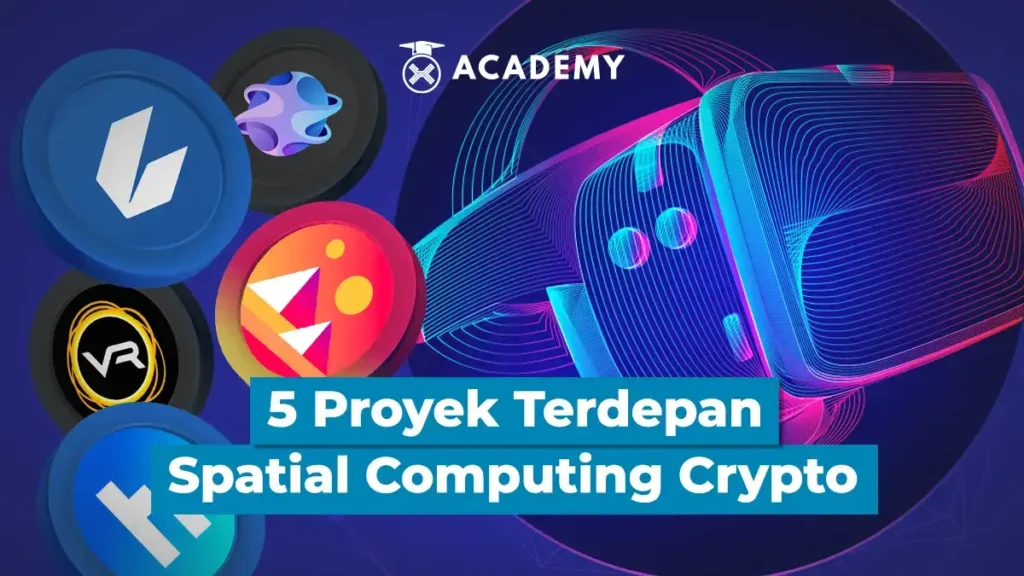
 Polkadot 8.91%
Polkadot 8.91%
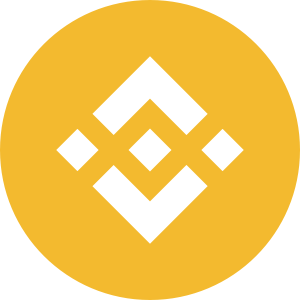 BNB 0.45%
BNB 0.45%
 Solana 4.80%
Solana 4.80%
 Ethereum 2.37%
Ethereum 2.37%
 Cardano 1.65%
Cardano 1.65%
 Polygon Ecosystem Token 2.13%
Polygon Ecosystem Token 2.13%
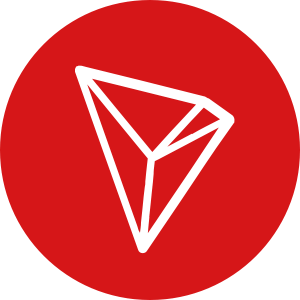 Tron 2.85%
Tron 2.85%
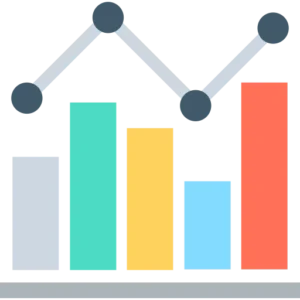 Market
Market